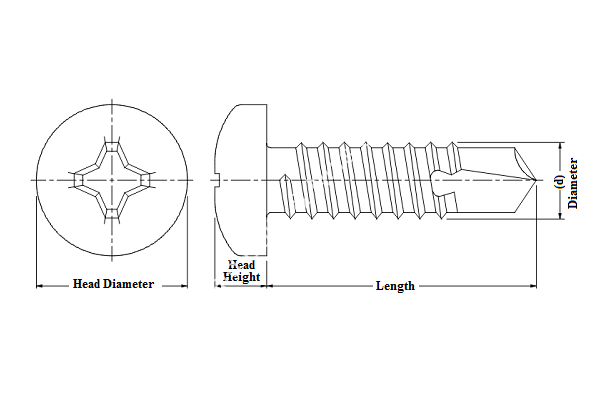Manufacturers of Bearing Wave Spring Washers for Enhanced Performance and Reliability
Understanding Bearing Wave Spring Washer Factories An Overview
In the realm of mechanical engineering and component manufacturing, springs play an essential role in a myriad of applications. Amongst the various types of springs, wave spring washers have gained considerable attention due to their unique design and functional advantages. This article delves into the intricacies of bearing wave spring washer factories, focusing on their operations, applications, and the future of this critical manufacturing sector.
What are Bearing Wave Spring Washers?
Bearing wave spring washers are specially designed components characterized by their wave-like profile. This specific geometry allows them to exert a consistent load while occupying significantly less axial space than conventional springs. These washers are widely used in applications where space-saving designs are crucial, such as in automotive, aerospace, and industrial machinery.
These washers work by providing a compressive force that maintains tension between components, preventing wear and tear, and enhancing the overall efficiency of the assembling systems. Their applications can be observed in bearing assemblies, valve components, and various precision machinery, where they significantly contribute to performance reliability.
Manufacturing Process
The production of bearing wave spring washers typically involves several key stages. The first step is material selection, where manufacturers typically choose high-quality steel or stainless steel to ensure durability and resilience under stress. The material must withstand corrosion, fatigue, and other environmental factors, making these choices critical for the end product's longevity.
Once the materials are selected, the manufacturing process begins with blanking. This process involves cutting the chosen metal into disc-shaped blanks that form the foundational structure of the washers. Following this, the wave profile is generated through a series of stamping or forming processes, where the wave geometry is intricately shaped into the washer.
Heat treatment is another crucial step, aimed at enhancing the mechanical properties of the washers
. By subjecting the washers to controlled heating and cooling cycles, manufacturers can significantly improve the material's hardness and tensile strength, leading to better performance.
After these processes, strict quality control measures are implemented. Every batch of washers undergoes rigorous testing to ensure they meet industry standards and specifications. From dimensional accuracy to load-bearing capabilities, these checks are critical to maintaining the reliability of the product.
bearing wave spring washer factories

Applications Across Industries
The unique properties of bearing wave spring washers make them indispensable in various sectors. In the automotive industry, they are often employed in suspension systems and gear assemblies, where space constraints and performance reliability are paramount.
In aerospace applications, these washers assist in maintaining precise component alignment under variable load conditions, which is vital for aircraft safety and efficiency. Additionally, wave spring washers find their purpose in machinery and equipment that require a compact design without sacrificing strength, such as in robotics and precision instruments.
Future Trends in Manufacturing
The landscape of bearing wave spring washer manufacturing is evolving, driven by advancements in technology and increasing demand for high-performance components. Manufacturers are increasingly adopting automation and smart manufacturing techniques, which enhance production efficiency and precision.
Furthermore, the push towards sustainable manufacturing practices is leading to innovations in material science. Manufacturers are exploring eco-friendly materials that not only reduce the environmental impact but also maintain or improve performance standards.
As industries continue to embrace digital transformation, data analytics and IoT in manufacturing processes are anticipated to revolutionize quality control measures. By implementing real-time monitoring systems, manufacturers can assess product performance on the fly, ensuring consistent quality and driving further innovations.
Conclusion
Bearing wave spring washer factories are at the forefront of producing vital components that enhance the performance and reliability of a variety of applications. As technology advances and industries evolve, the future of this sector looks promising. With a focus on quality, efficiency, and sustainability, these factories will continue to play an integral role in shaping the machineries of tomorrow, proving their worth in an ever-growing competitive landscape.
-
Top Choices for Plasterboard FixingNewsDec.26,2024
-
The Versatility of Specialty WashersNewsDec.26,2024
-
Secure Your ProjectsNewsDec.26,2024
-
Essential Screws for Chipboard Flooring ProjectsNewsDec.26,2024
-
Choosing the Right Drywall ScrewsNewsDec.26,2024
-
Black Phosphate Screws for Superior PerformanceNewsDec.26,2024
-
The Versatile Choice of Nylon Flat Washers for Your NeedsNewsDec.18,2024










